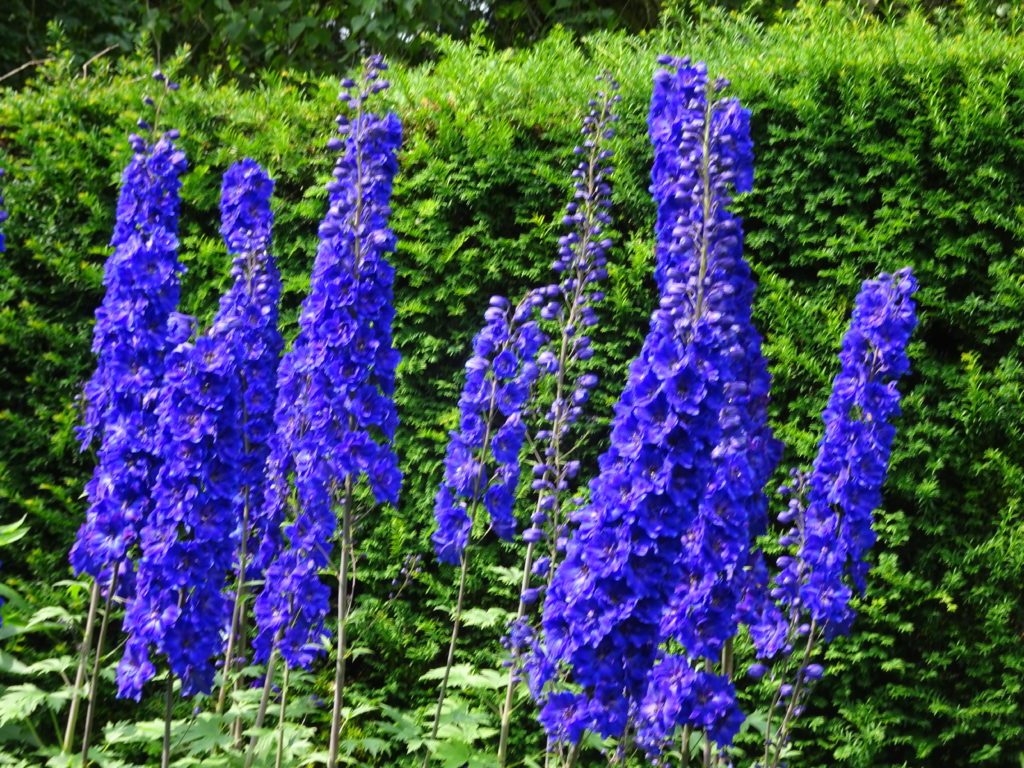 Stately and statuesque, the blue Delphinium is one of the best tall features in a herbaceous border. I questioned my English teacher whether they should be called Delphinii as there always seemed to be several upright stalks like the chunky dark blue examples above. As regular readers will know spelling is not one of my greatest strengths.(nor is grammar).
Stately and statuesque, the blue Delphinium is one of the best tall features in a herbaceous border. I questioned my English teacher whether they should be called Delphinii as there always seemed to be several upright stalks like the chunky dark blue examples above. As regular readers will know spelling is not one of my greatest strengths.(nor is grammar).
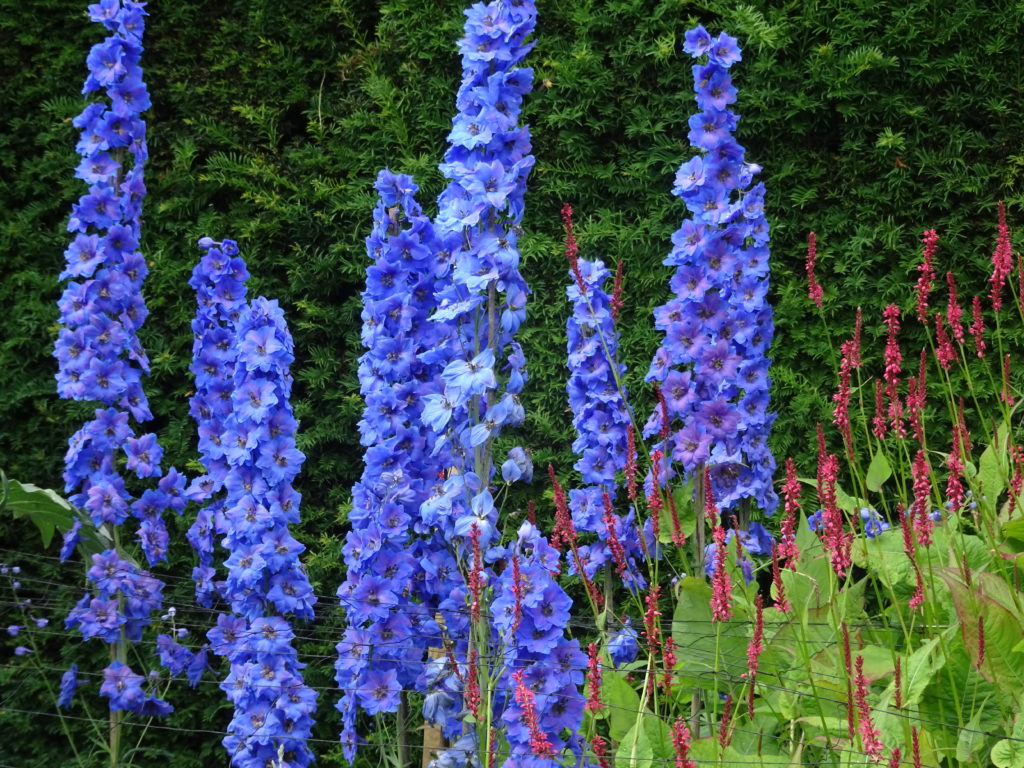
The keen eyed will spot one of the secret ways of helping these 6 feet high giants stay upright. At Newby Hall garden a great deal of time and effort is expended on good quality staking and support and delphiniums are no exception. There is 3″ square mesh of fine filament placed at about 3′ high and the flower stems allowed to grom through. There is no need to support individual blooms.
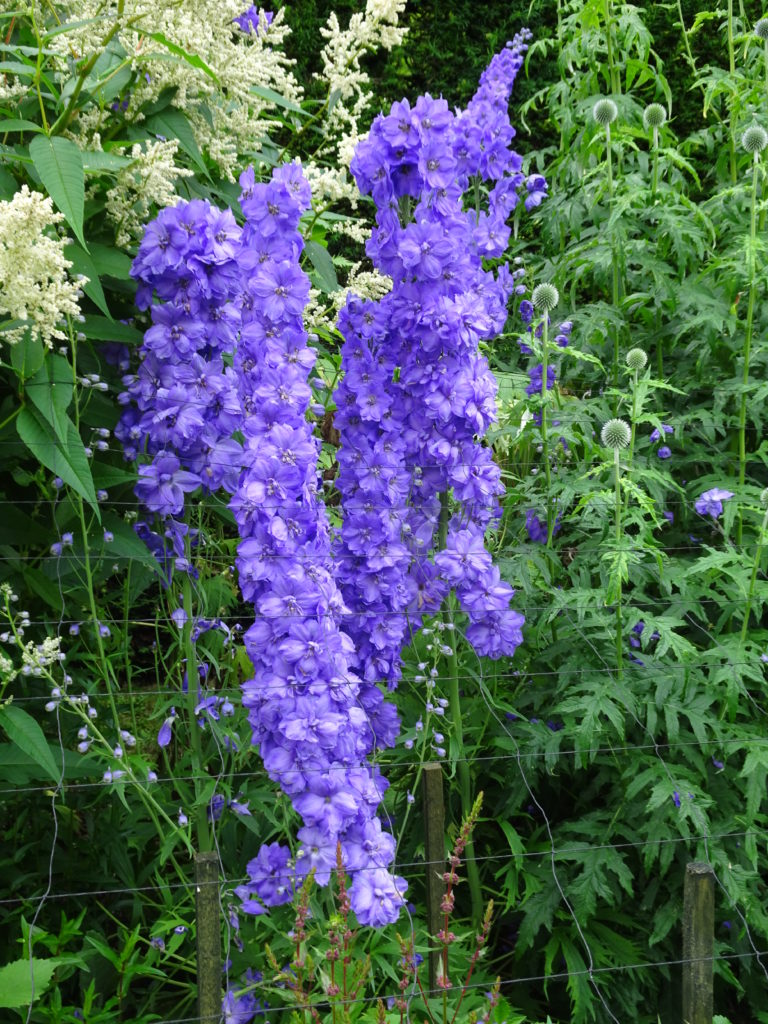
There are many shades of blue from the dark almost purple to powder blue and even white.
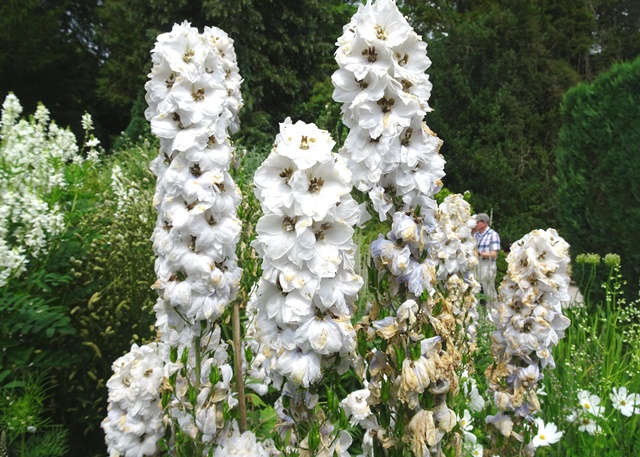
Slightly gone over these flowers were displayed in a white border. Delphiniums have been a minor success in my flower vases this year and I will try again next year after feeding and water the plants extra sustinence.
Varieties courtesy of Old Farmers Almanac
- Belladonna Group: Upright, loose and branching perennials with single flowers that grow 3 to 4 feet tall. ‘Blue Bees’ is a Belladonna producing clear blue flowers with white centers.
- Elatum Group: These are the tallest spiked hybrids growing to 6 feet or more. ‘Blue Nile’ is a medium plant bearing semi-double, bright, and mid-blue flowers with white centers (called bees). ‘Bruce’ is a tall Elatum bearing semi-double, violet-purple flowers, paler towards the center, with brown bees.
- Pacific Hybrids: Similar to Elatum Group, although not as tall, this hybrid is short-lived and often grown as annuals or biennials. ‘King Arthur’ bears plum flowers with white bees with 5- to 6-foot tall flower spikes.
- According to the RHS Delphinium x ruysii ‘Pink Sensation’ is a short-lived perennial with deeply divided leaves and slender spikes.
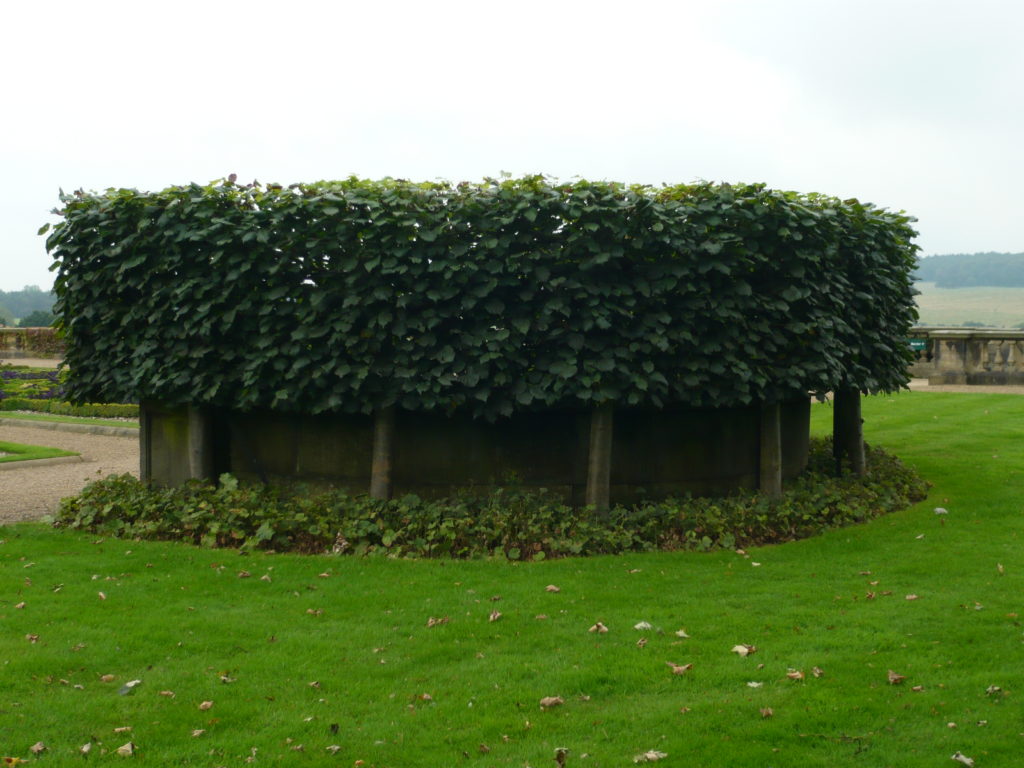
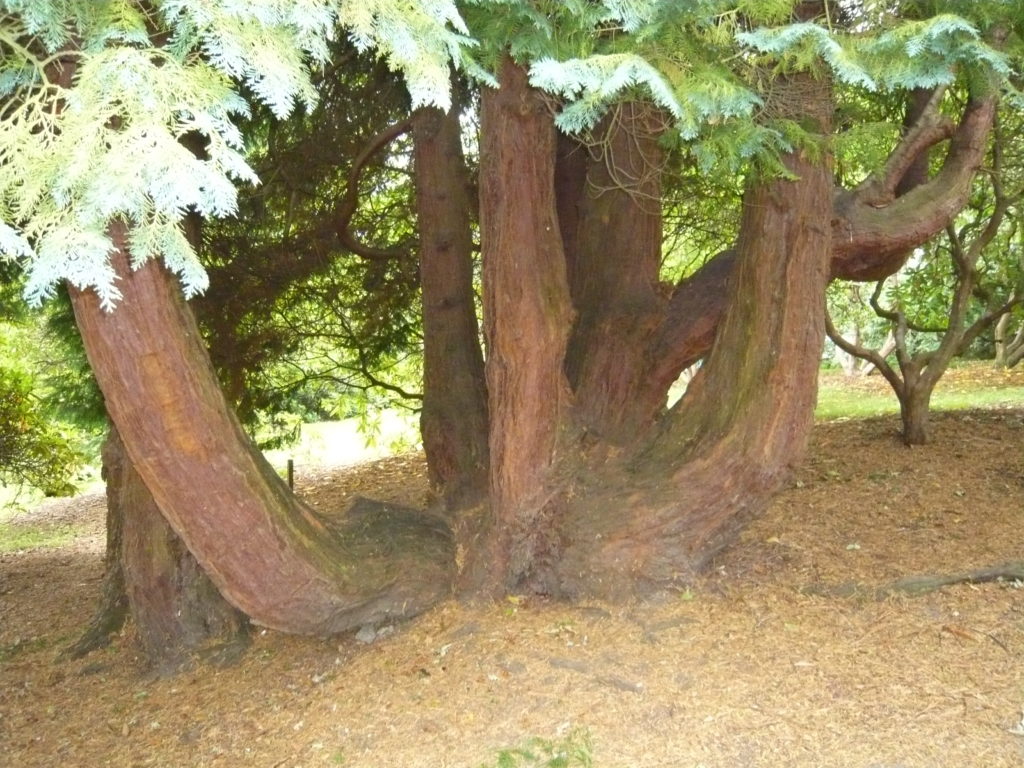
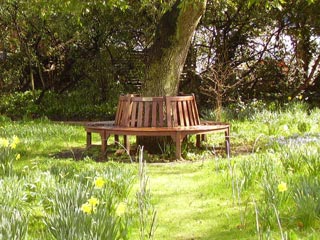
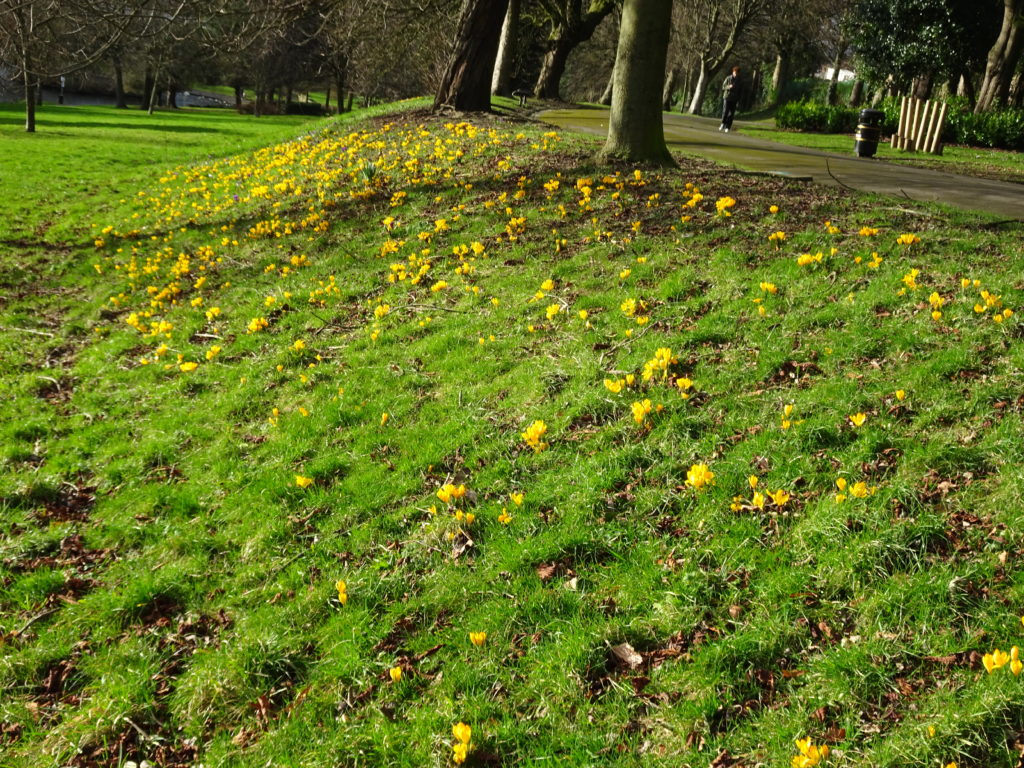
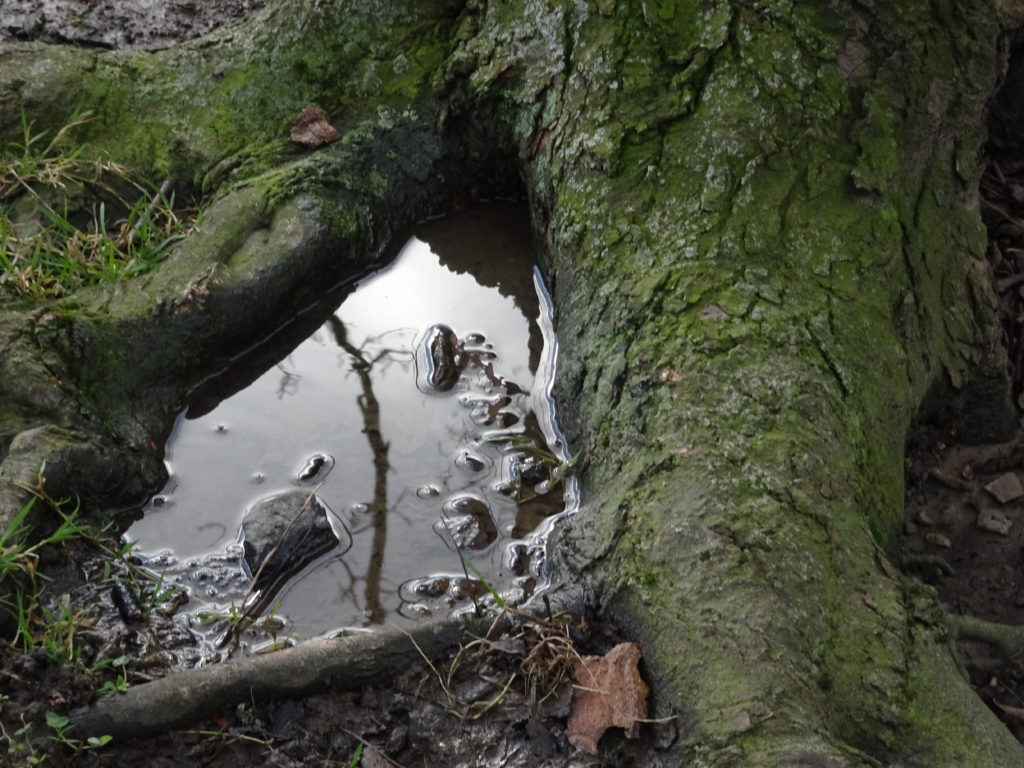



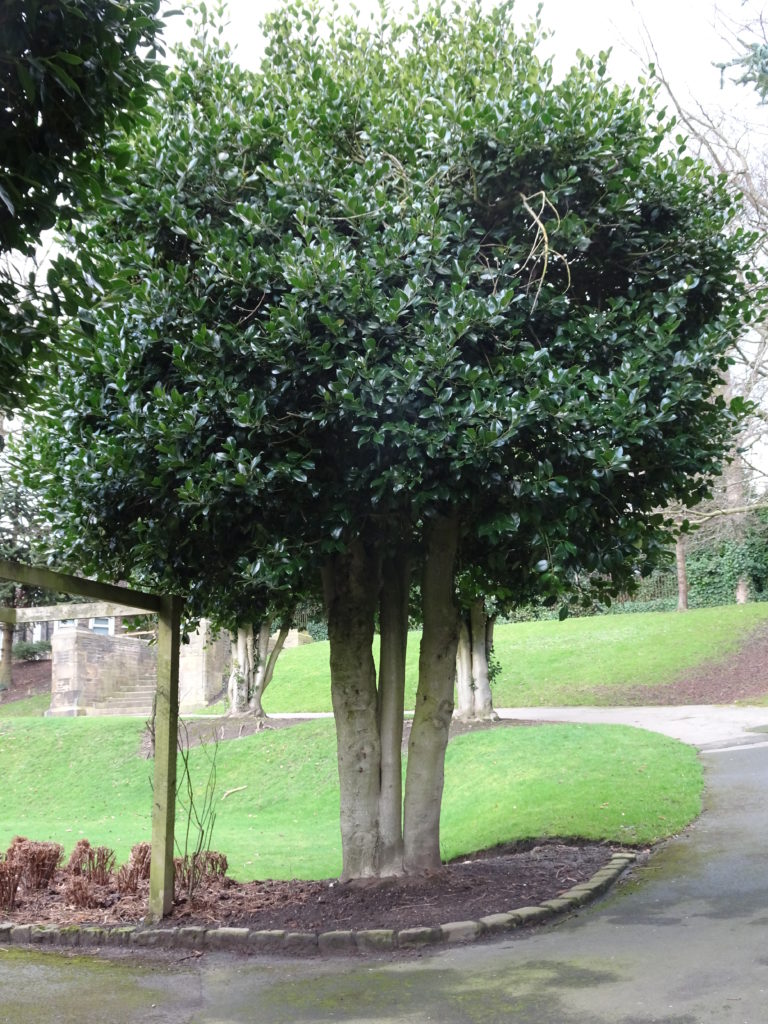 Christmas is long gone but only 311 days to go before the next
Christmas is long gone but only 311 days to go before the next
 Norwegian Iceman Sculpture Cardiff
Norwegian Iceman Sculpture Cardiff

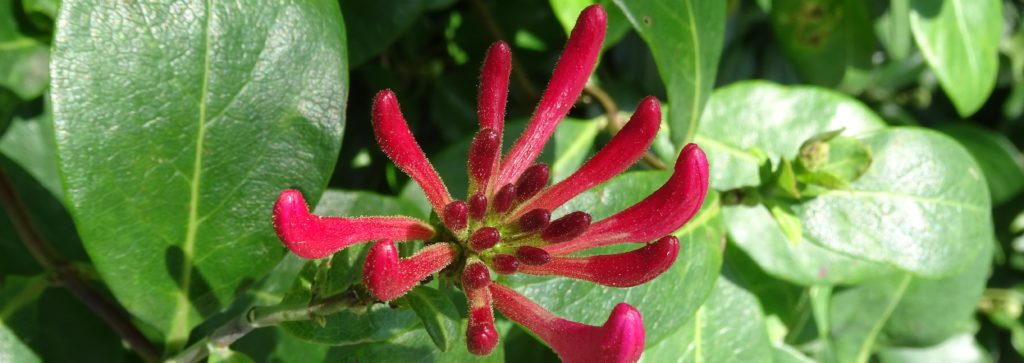


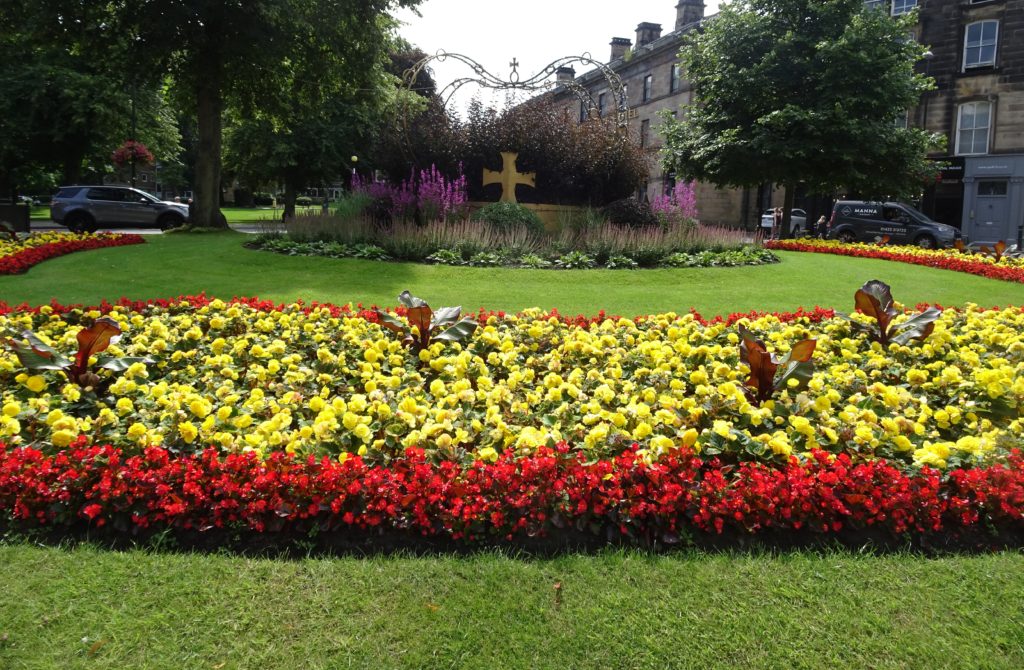
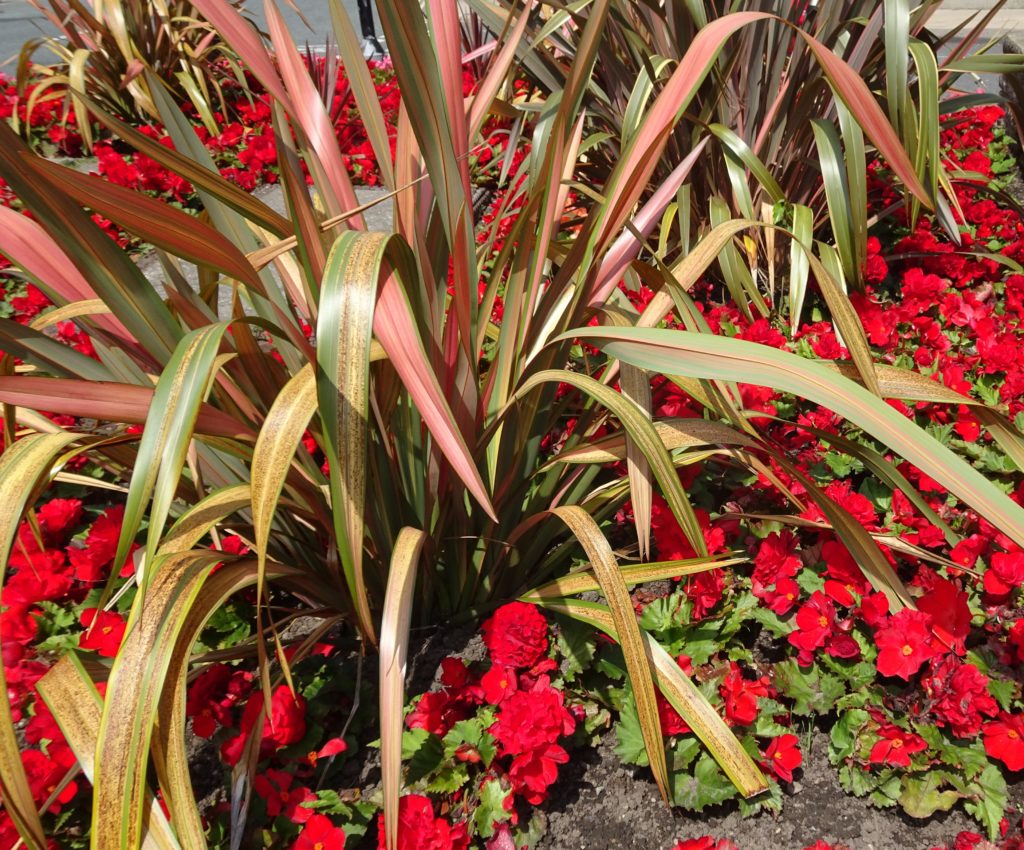
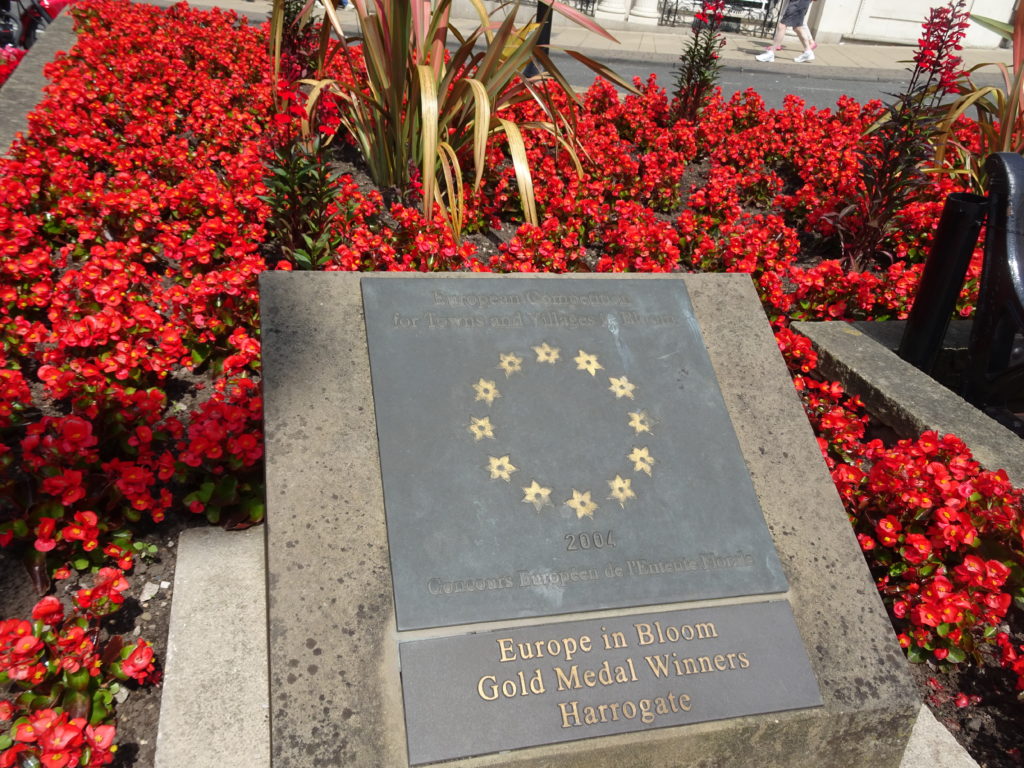


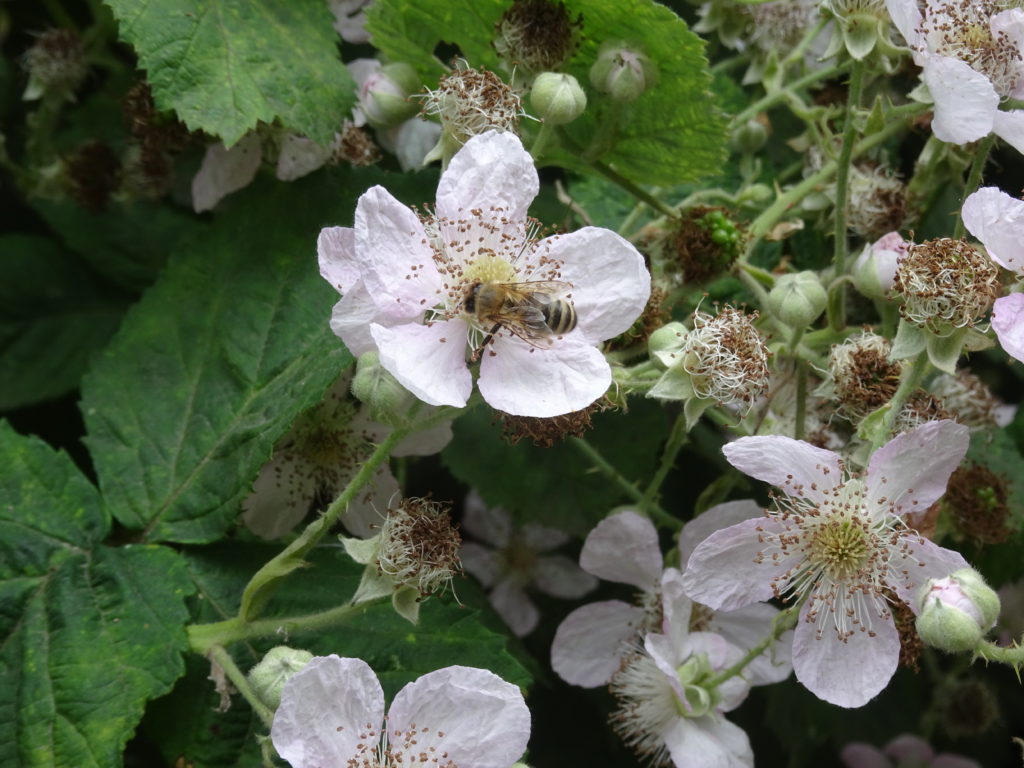
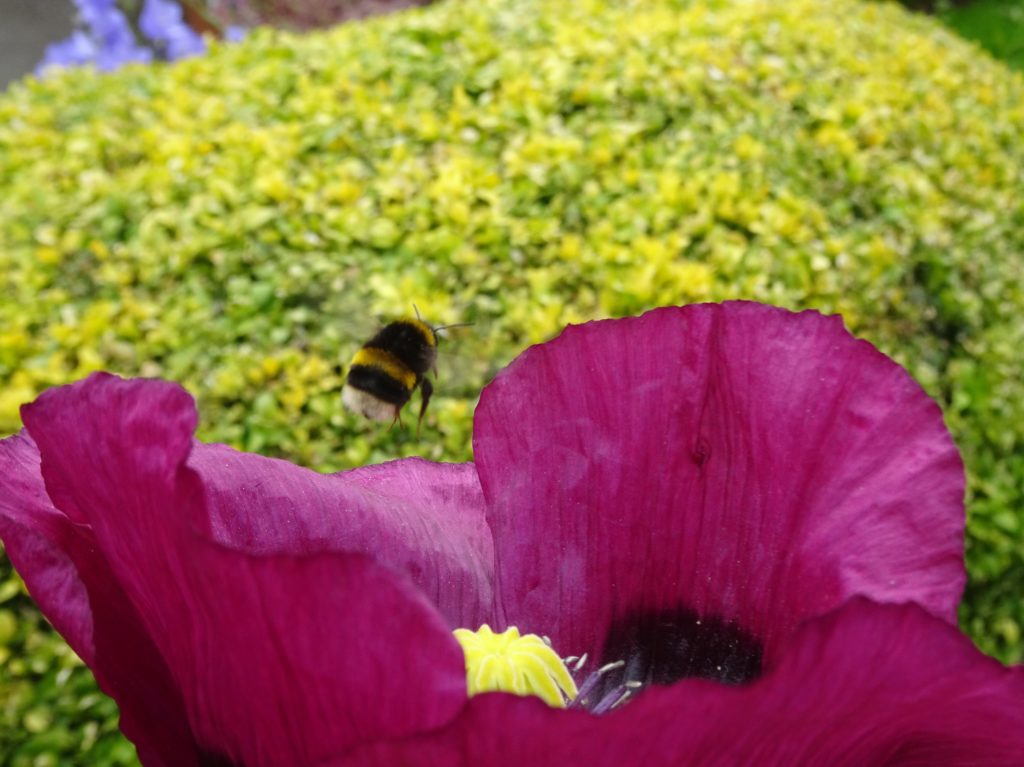
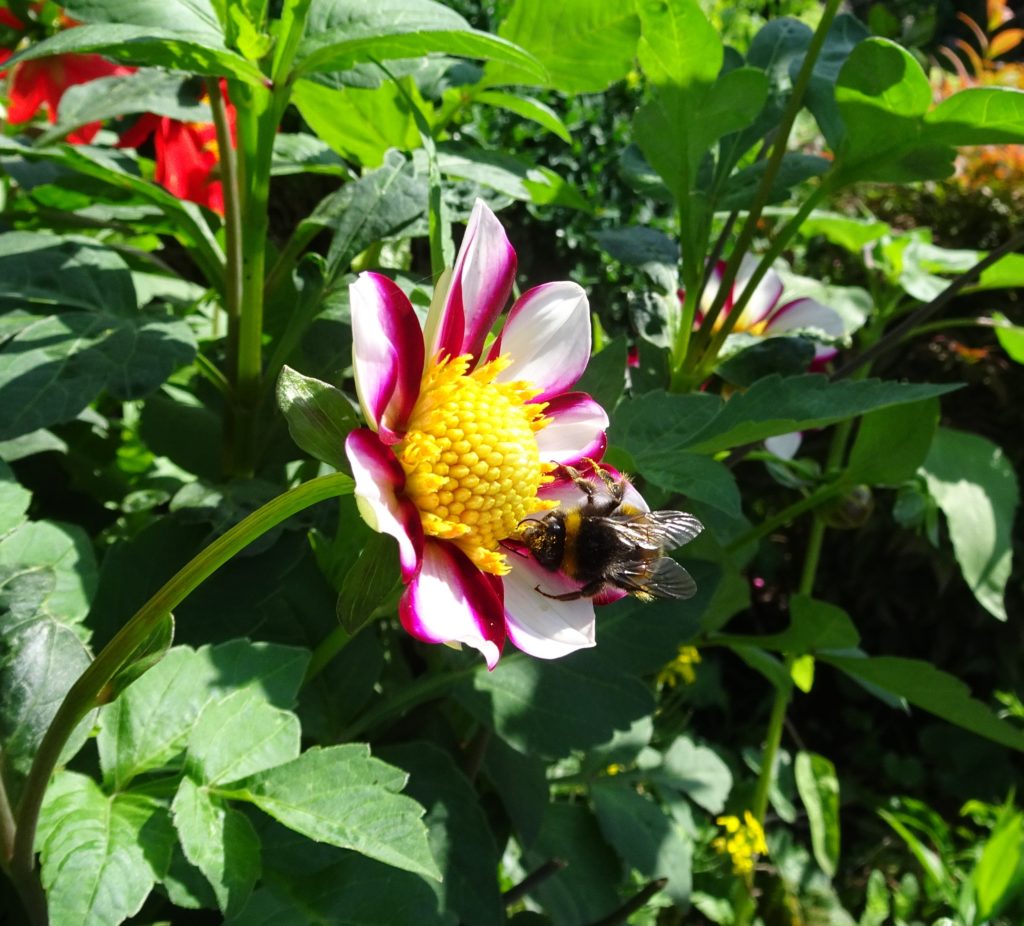
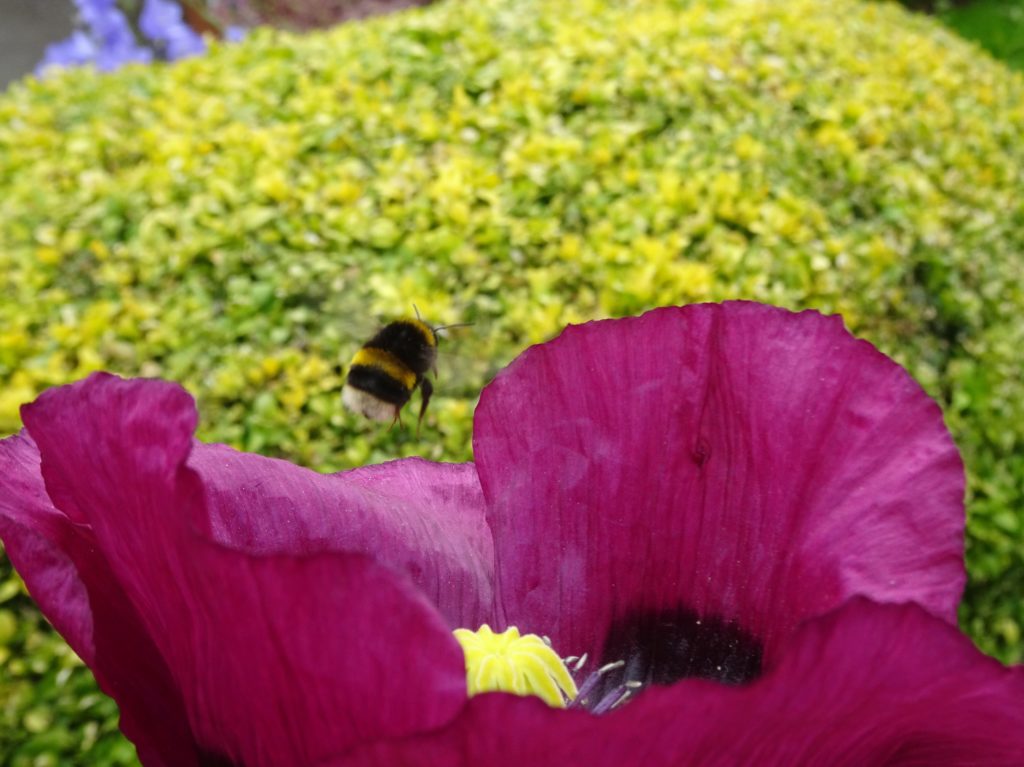

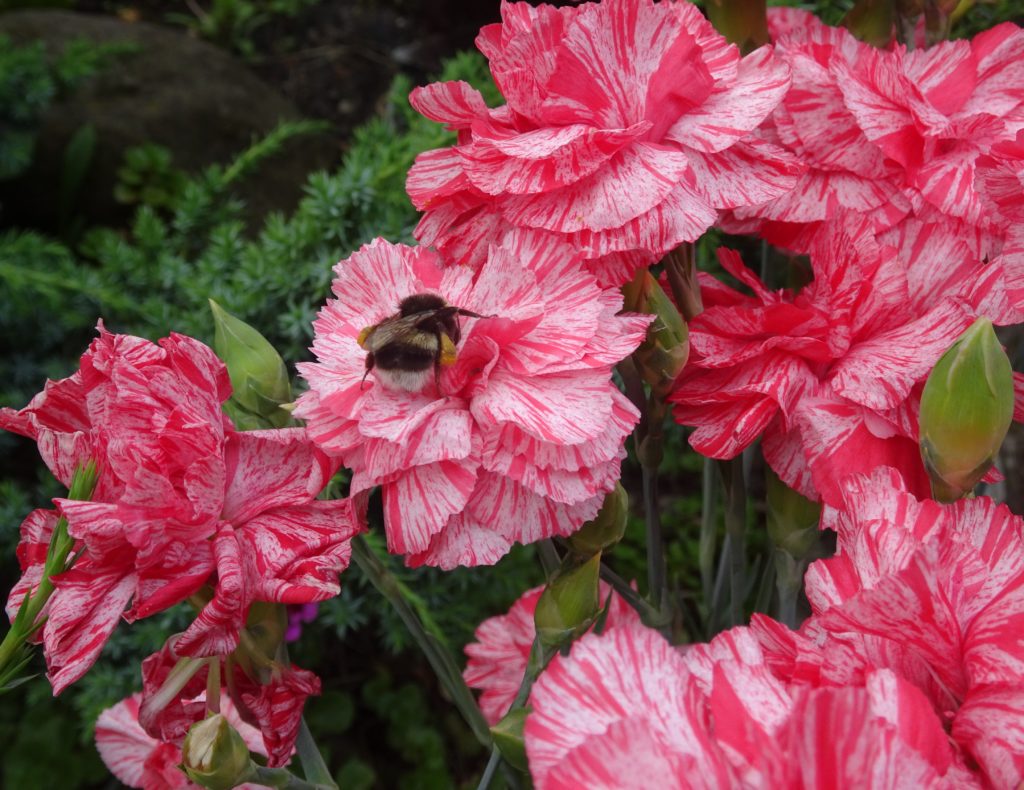
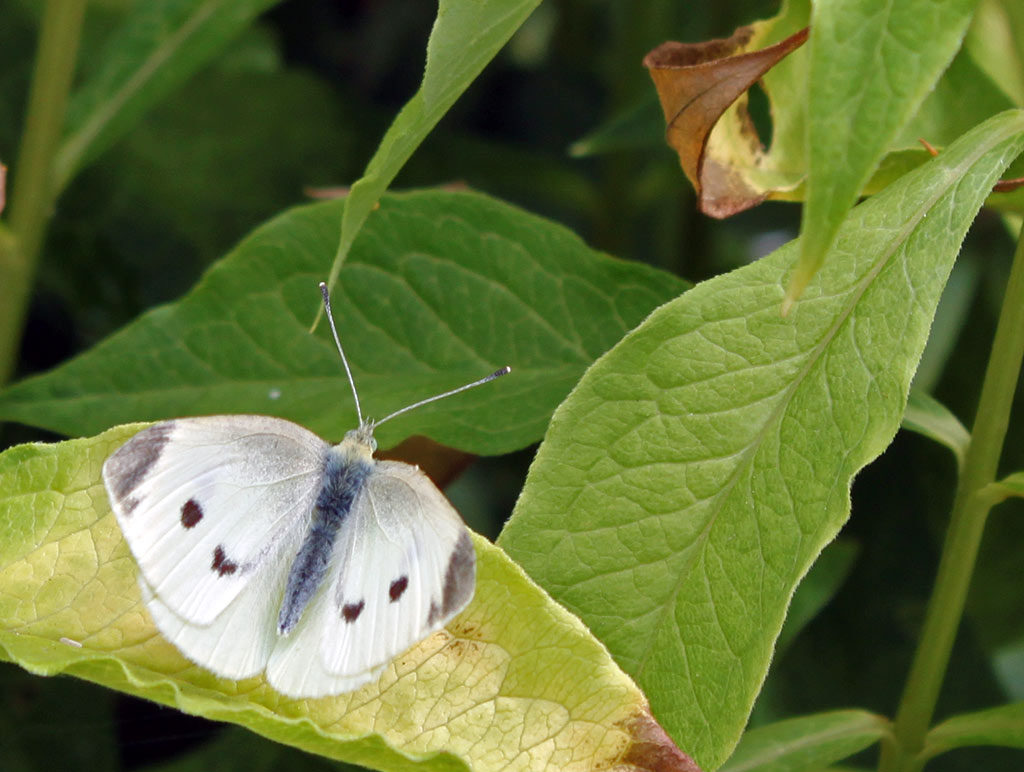
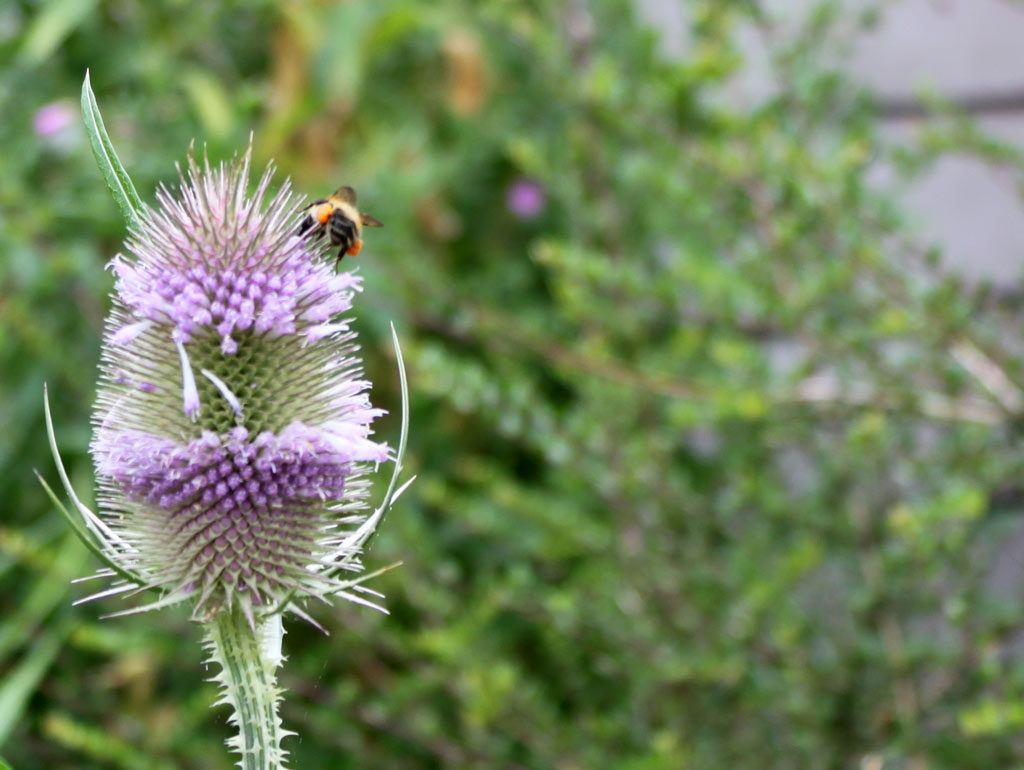
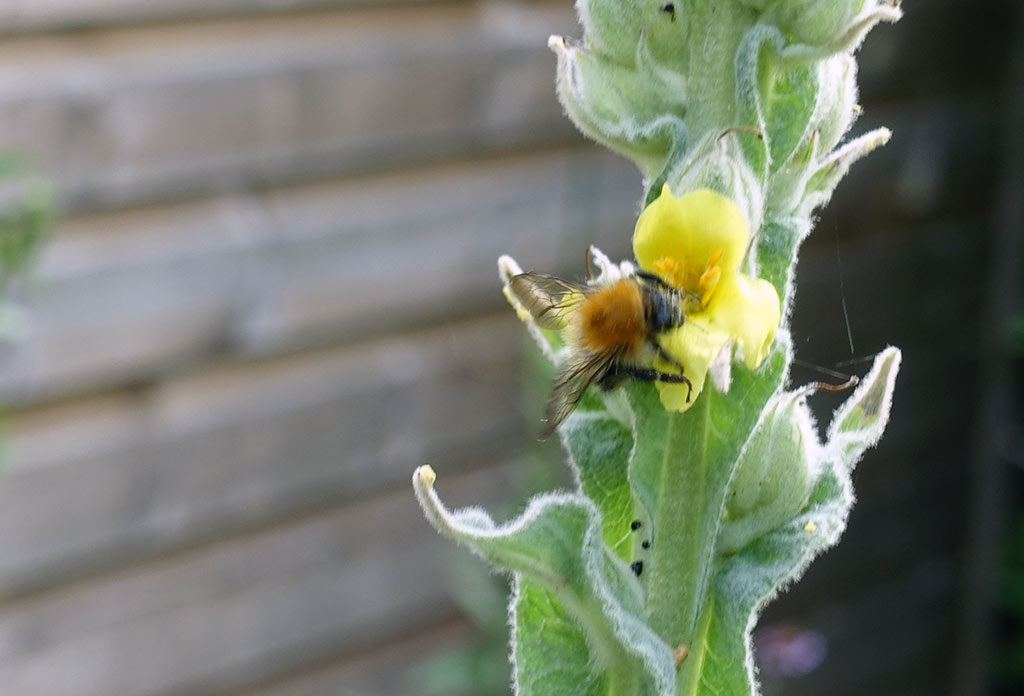
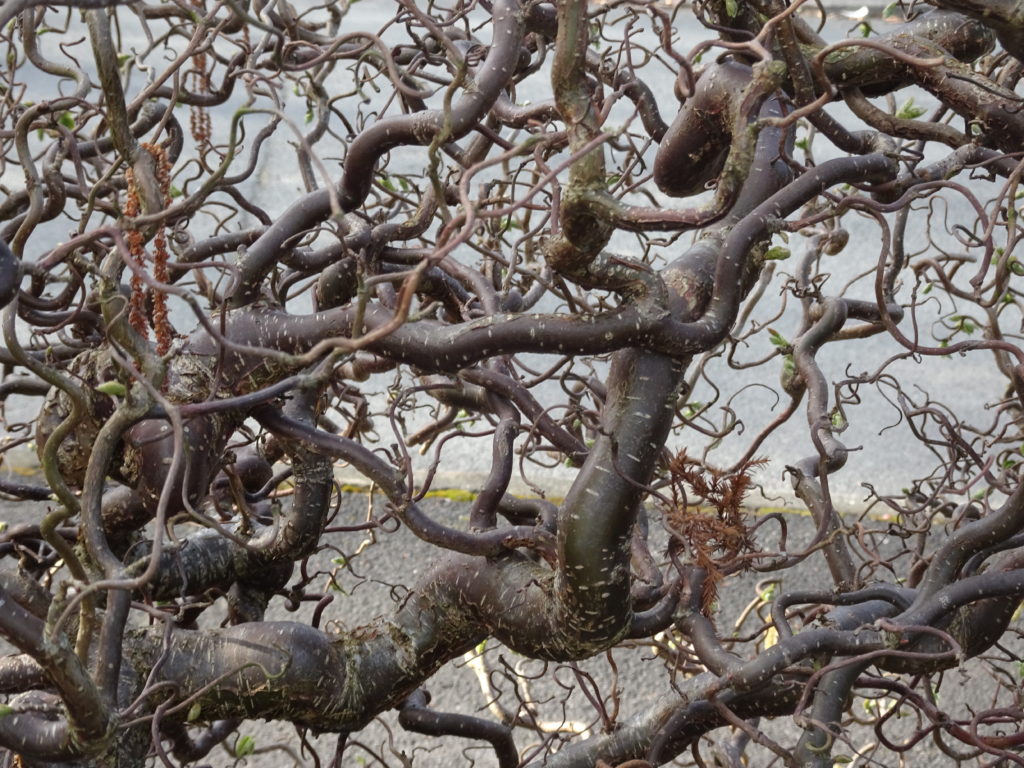
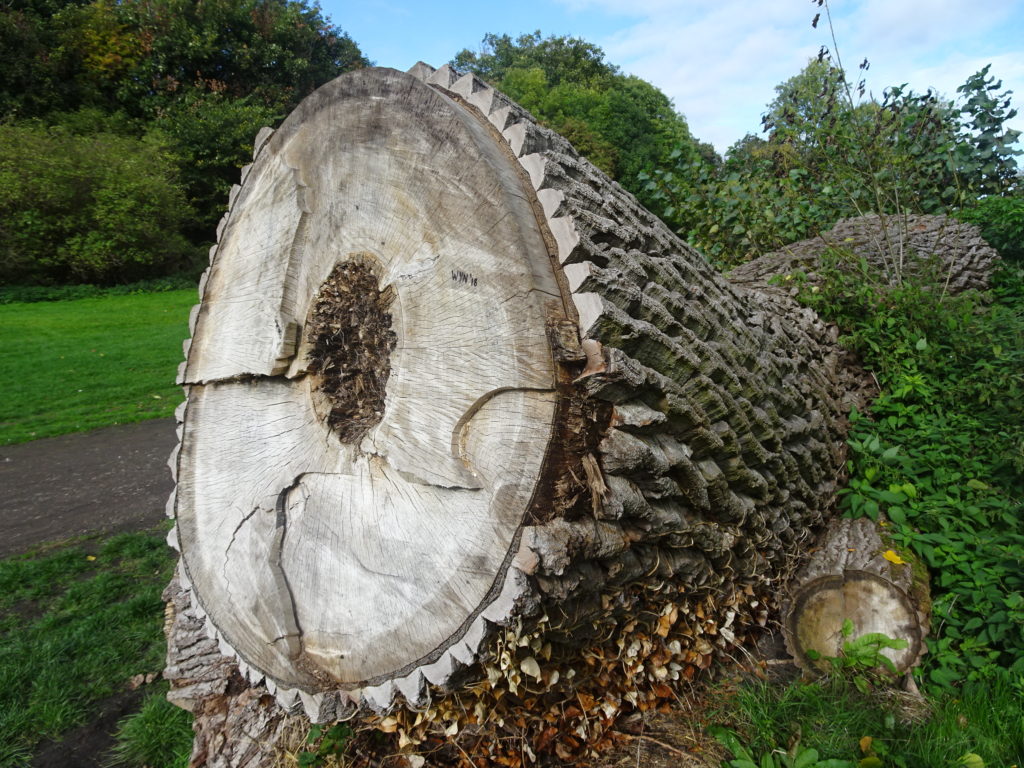
 Stately and statuesque, the blue Delphinium is one of the best tall features in a herbaceous border. I questioned my English teacher whether they should be called Delphinii as there always seemed to be several upright stalks like the chunky dark blue examples above. As regular readers will know spelling is not one of my greatest strengths.(nor is grammar).
Stately and statuesque, the blue Delphinium is one of the best tall features in a herbaceous border. I questioned my English teacher whether they should be called Delphinii as there always seemed to be several upright stalks like the chunky dark blue examples above. As regular readers will know spelling is not one of my greatest strengths.(nor is grammar).

